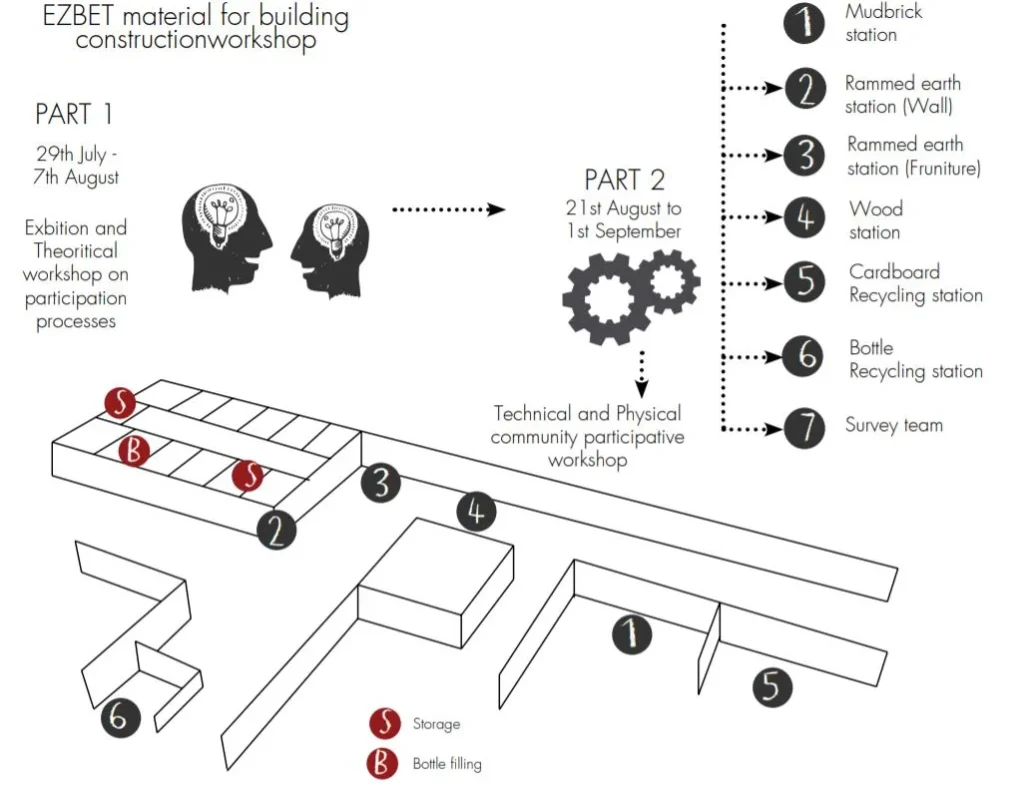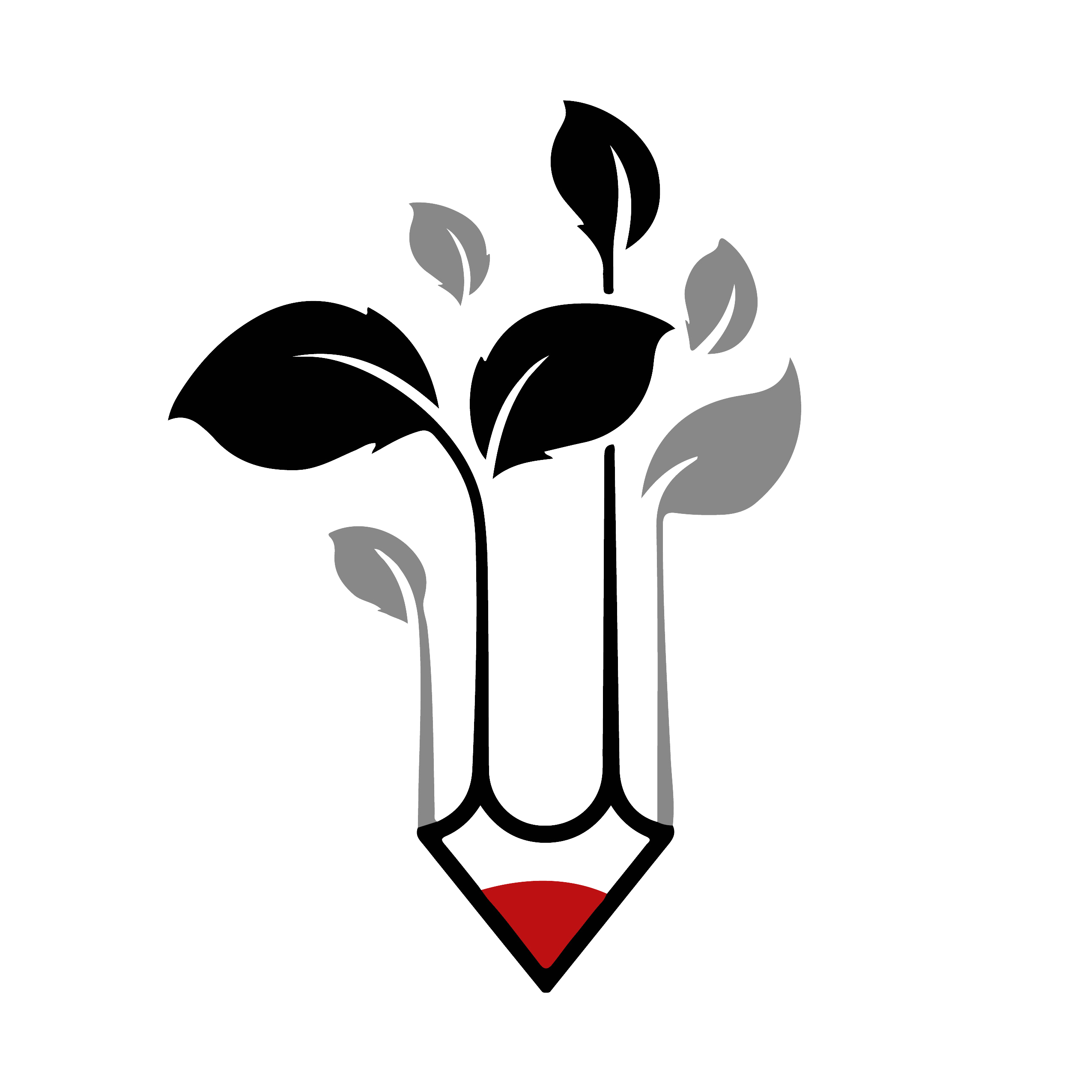First Phase : 29th July – 7th August
Exbition and Theoritical workshops on participation processes were carried on with the student s of University of Stuttgart where different material prototypes were developed.
Second phase : 21st August – 1st September
The testing of the designed prototypes workshop was organized in 6 stations, each focusing on a prototype which were to be built on site in the informal settlement. The aim was to find the most suitable wall construction material along with the transfer of construction knowledge on these specific materials to the community. A group of students, academic staff, experts and professionals worked closely with the residents of the informal settlement to carry out a participatory needs assessment and develop solutions based on their needs. Locations of implementations were chosen along with the community. Furthermore the team received help of professional craftsmanship within the community when required and requested.

Station 1 : Mud brick Chicken House
The task of this station was to develop a chicken house where each of the walls were to be built with mud bricks but with different techniques. The idea was to measure the temperature of surfaces on the outside and inside of the different walls in order to understand which technique was the best in terms of regulating indoor temperature.
Station 2 : Rammed Earth Wall
The task of this team was to analyze the site and discover a location where a rammed earth construction was necessary. Upon careful observation a crack in one of the walls of the community center was discovered. The team decided to make amendments to not only to this wall but also to part of the adjoining wall, roof and flooring. The team began by demolishing the wall, renewing the L-shaped corner with rammed earth technique, further moving on to developing a window to the wall. Thus the team gained knowledge about various phases of construction: Construction of L-shaped wall, floor and roof. Expert and professional skills were required and acquired from within the community and from outside.
Station 3 : Rammed Earth Street Furniture
Upon careful observation the team discovered a wall near the community center where outdoor gathering could be observed. A lack of seating opportunities led the team to design simple rammed earth street furniture for seating.
Station 4 : Wood
The task of this station was to look for and gather wood from close proximity to the area and bring them together to site. Further engaging themselves in cleaning, treating, cutting and polishing of this wood to be recycled and re-used elsewhere in the informal settlement. The second task of this station was to investigate what the other stations required in addition to their structures. Thus this team developed a door and window for the chicken house and window for the rammed earth station.
Station 5 : Bottle recycling
The task of this station was to build a wall with recycled bottles. The search for an adequate location was complete when a lady selling soft drinks from one of the back rooms of her house was discovered through observation and discussion with the community. The potential of a recycled wall made with Pepsi bottles to be placed at close proximity to her ‘shop’ was discussed. The team received positive feedback from the lady as this wall would also aim to be a promotional structure for her. This structure was highly experimental for the team and a skilled mason from the community aided in the construction tutoring and advising the team on topics such as kind of mortar and direction of bottles.
SURVEY AND MAPPING
The final station was the surveying station where a group of students and volunteers teamed up in order to collect physical data about the area of Ezbet Abu Qarn which further aided in the development of the project. They were not directly involved in the building of the prototypes physically but rather were present at the background working in parallel with experts and community.
Conduction social surveys was one of their main tasks. Going door to door talking to the community, understandig their needs, listening to their stories and making observation ptotocol was part of their task as well.







